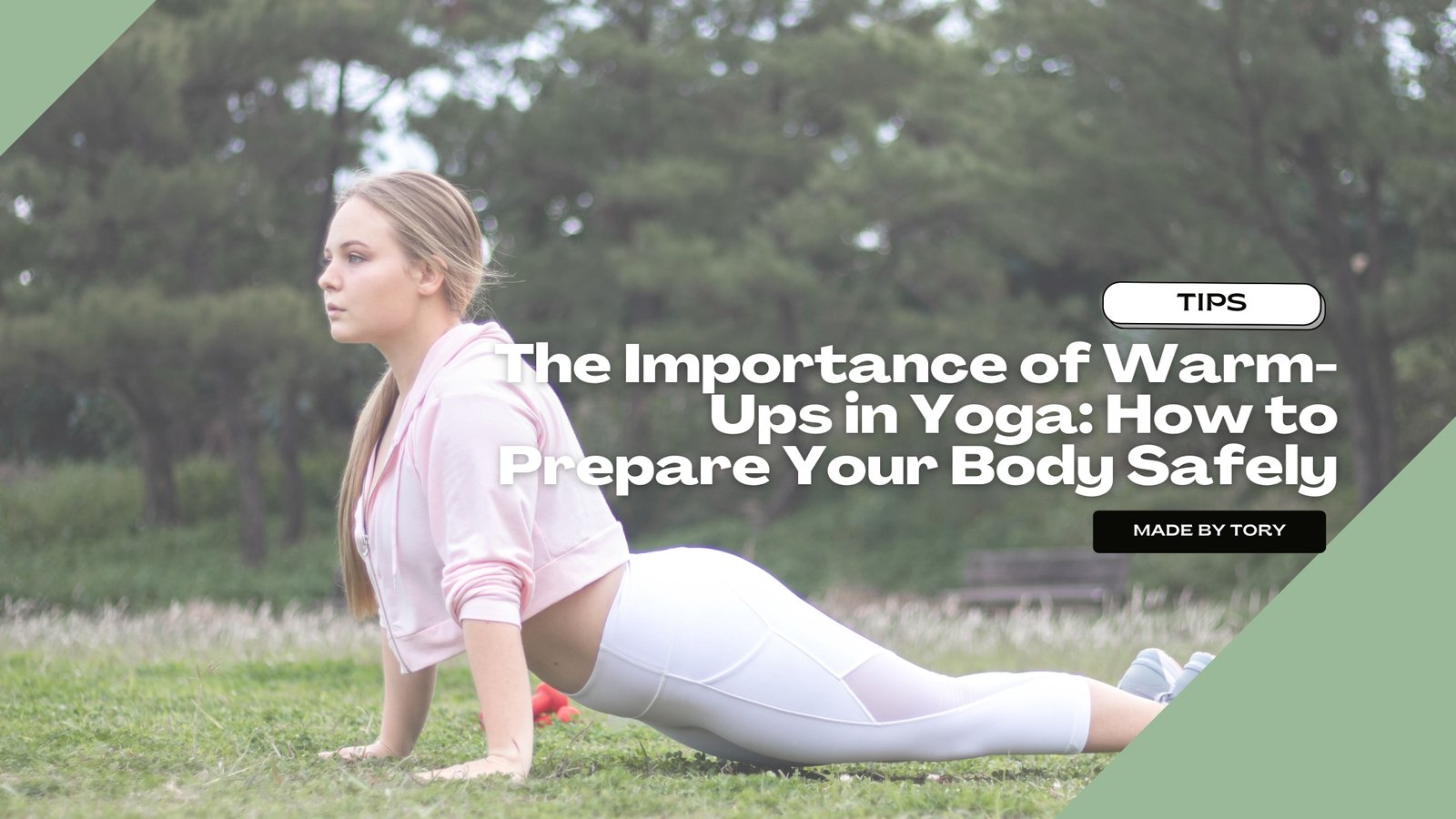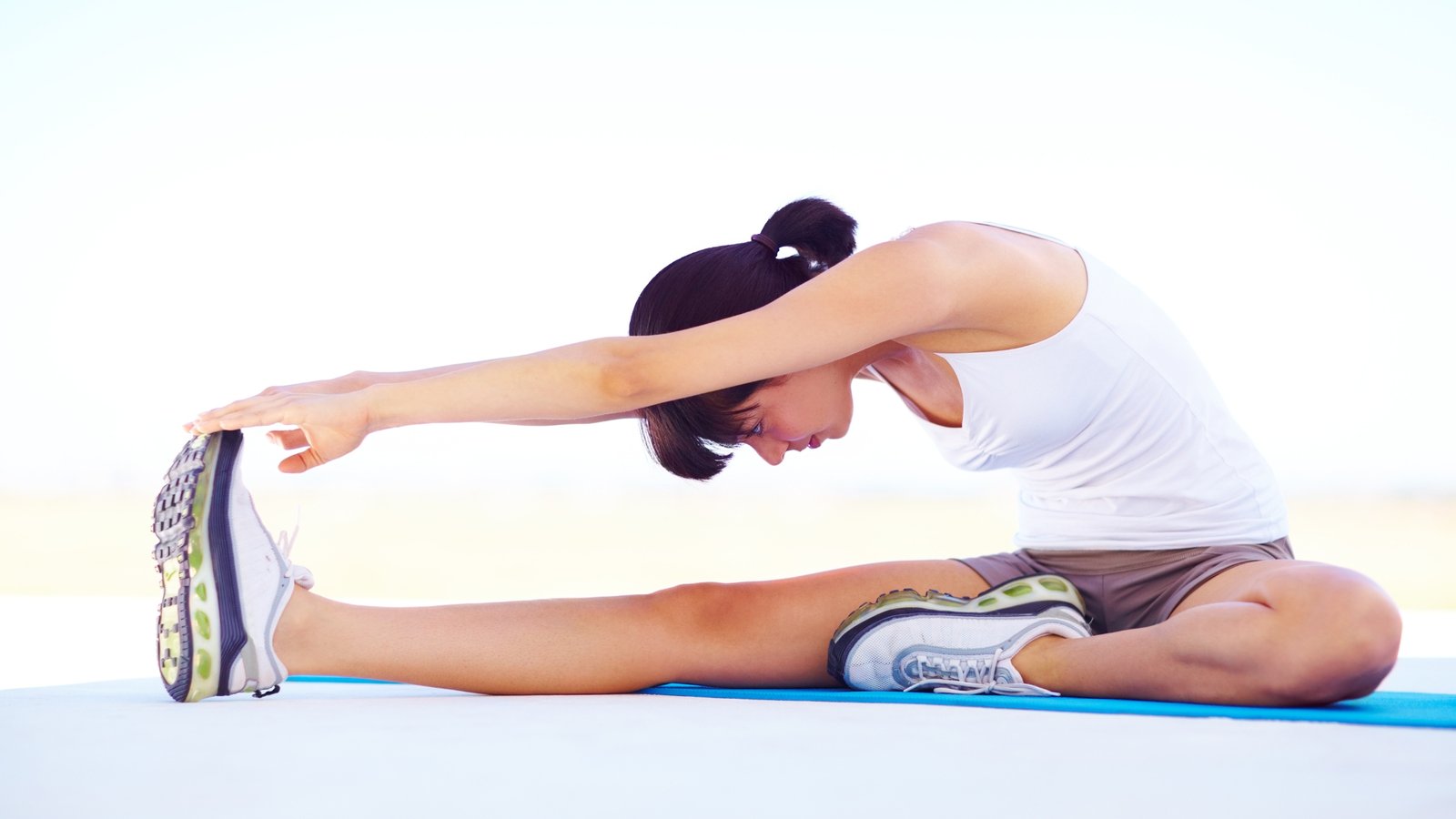Blog
The Importance of Warm-Ups in Yoga: How to Prepare Your Body Safely

Whether you are a yoga enthusiast or someone who does it only a few days a month just to keep your body running, you need warmups before yoga.
Many people consider it an excessively time-consuming job, but it is not. When you plan for an activity, you prepare for it, right? The same goes for yoga; your body is going to feel the stretches and have the blood circulate faster when you get to the intense poses. So, it is good to have your body warm up before you start yoga. Moreover, they help you avoid any kind of injury or muscle pulling.
Previously, we discussed the importance of meditation and breath in yoga practice—both crucial aspects of enhancing your yoga journey. Now, let’s focus on another key element: the importance of warm-ups.
Let’s prepare you more by discussing the importance of warm-ups in yoga and all the additional benefits of yoga warm-up exercises.
Importance of Warm-ups in Yoga
Warming up before yoga does more than just loosen your muscles; it also stimulates circulation, enhances flexibility, and prepares your joints for the dynamic movements of the yoga class. According to studies, warming up properly can lower the risk of muscular strain while also improving overall performance during physical activity.
Adding a planned yoga warm-up to your practice has multiple benefits:
- Warming up gradually boosts blood flow to your muscles, making them more flexible and less susceptible to injury.
- Gentle stretches and mobility exercises help to increase your range of motion, allowing you to do more complicated yoga poses with ease.
- Warm-ups allow you to concentrate your thoughts and focus on your breathing, resulting in mental clarity and presence on the mat.
Warm-Up Techniques for Effective Yoga Sessions
The primary goal of warming up is to stimulate the circulation of blood throughout the body. When muscles contract, the heart rate rises, enhancing circulation.
This provides oxygen and other fuels to the muscle cells, allowing them to continue working (contracting). Warming up also allows the blood vessels in the muscles to expand, increasing blood flow and providing a bigger supply of oxygen to the muscles for more strenuous exercise.
-
General Warm Up
In general, your warm-up should target the main muscle groups.
Warming up can be accomplished by riding a stationary bike on a low setting, walking, running, or doing light aerobics.
This should last between five and ten minutes, long enough for you to notice a little sweat.
The general warm-up is designed to increase your breathing and heart rate to deliver more oxygen to your muscles.
-
Static Stretching
Static stretching is simply holding each stretch for 10 to 15 seconds. You can choose a pose and let your muscles stay in it for a few seconds. It adds up to the general body flexibility and also helps you with improved motion.
-
Active Warmups
The most popular warm-up activities are vigorous ones. Researchers discovered that active warmups boost performance as long as they are not excessively tiring.
A proper warmup can increase how the body uses oxygen while not emptying its energy reserves; just do not forget your yoga activewear. Experts frequently advocate combining a broad aerobic warmup with a sports-specific one.
-
Passive Warmups
Passive warmups involve raising your body temperature via external techniques such as a hot bath or sauna. This strategy produces many of the same results as active warmups while avoiding tiredness. It does not, however, offer all of the advantages of an active warmup.
A passive warmup is occasionally utilized to keep the body temperature stable in between an active warmup and an athletic activity.
-
Dynamic Stretching
As previously said, static stretches require holding your stretch for ten to fifteen portions.
In contrast, dynamic stretching requires movement.
Using controlled motions, bring the part of your body you wish to stretch to the limit of its range of motion.
This may get uncomfortable, but you should never extend to the point of discomfort; doing so puts you at risk for damage.

How to Prepare for Yoga Safely
How long should you spend warming up? Some people might think it is time-consuming, but they choose the wrong types of warm-up. All you need is a few techniques, and you can spend 10 minutes for warm-up and then start your yoga after a break of a minute.
However, professional athletes typically spend a significant amount of time preparing for a game or contest. Tennis pros, for example, may practice hitting balls for an hour prior to a match. Professional athletes aren’t just warming up their muscles. They are practicing a precise sequence of motions.
To improve the effectiveness of your warmup, follow these guidelines:
- Begin your warmup right before the game, race, workout, or other activity.
- Use gears like yoga mats and other yoga props.
- Engage the cardiovascular system by focusing on major muscle groups, such as those in the legs.
- Begin slowly, then add speed or intensity.
- Work out till you’re sweating slightly but not tired.
Conclusion
Warming up before yoga is essential for enhancing flexibility, preventing injuries, and improving overall performance. You can ensure a safe and effective yoga practice by incorporating dynamic stretches, static stretching, and active warmups. Investing in the right yoga activewear also plays a crucial role in comfort and movement.
At Made by Tory, we offer premium-quality yoga bras and leggings designed for flexibility, breathability, and style. Whether a beginner or an experienced yogi, our collection ensures you stay comfortable and confident on the mat. Explore our range today and enhance your yoga sessions with the perfect gear!

